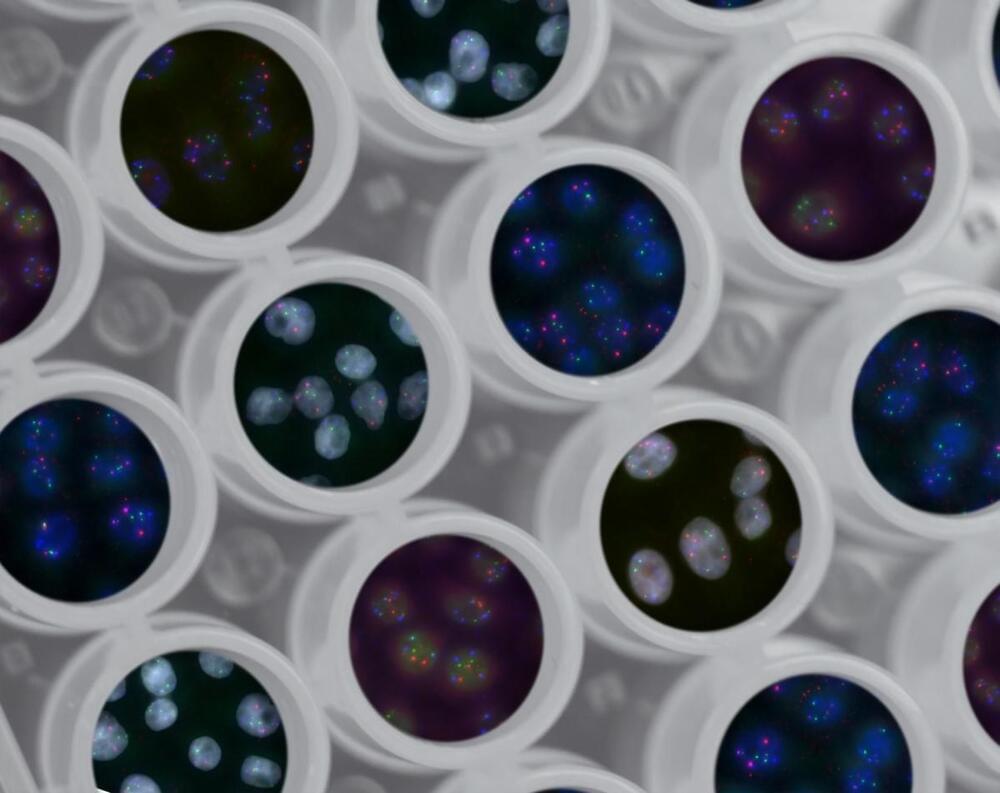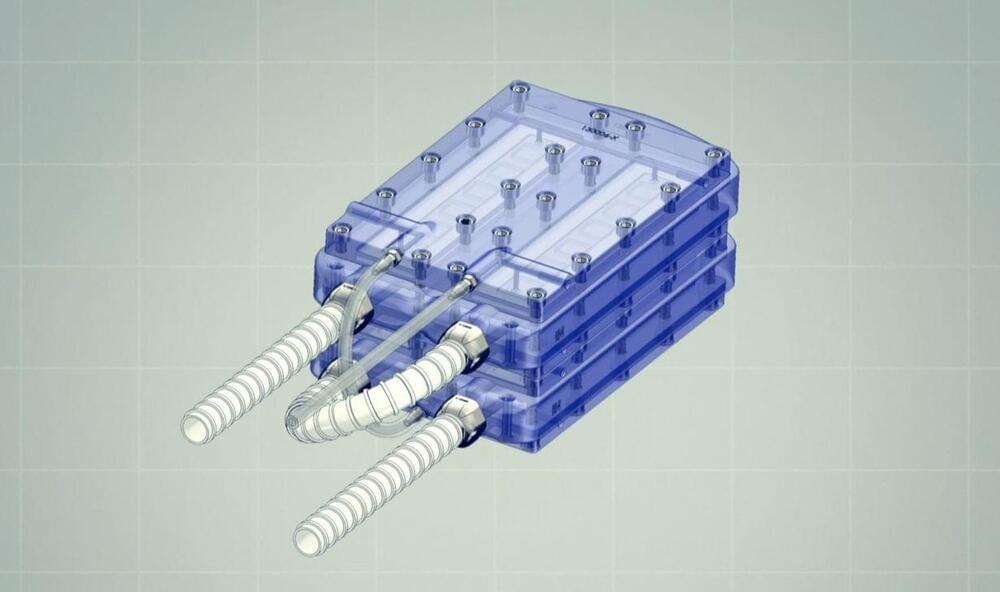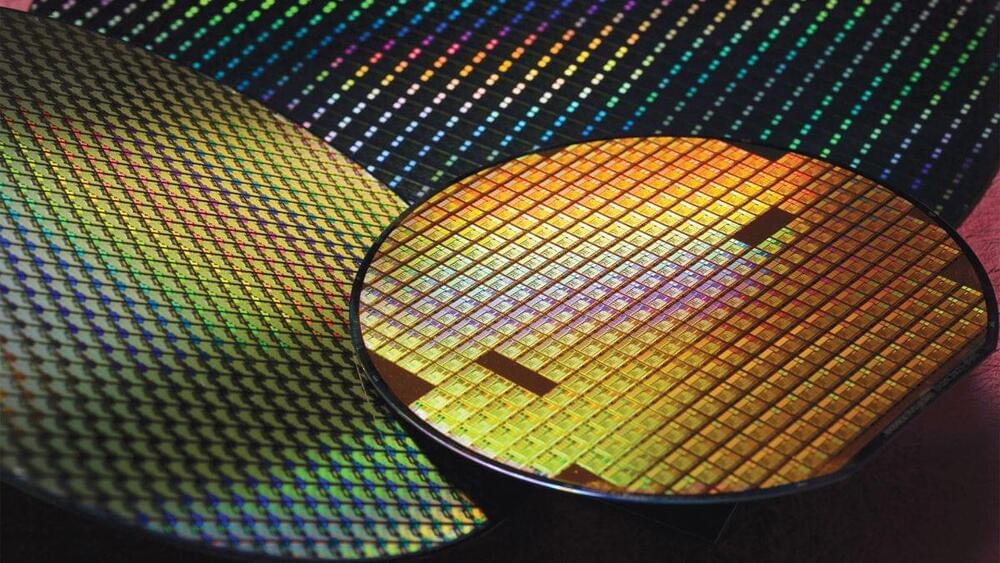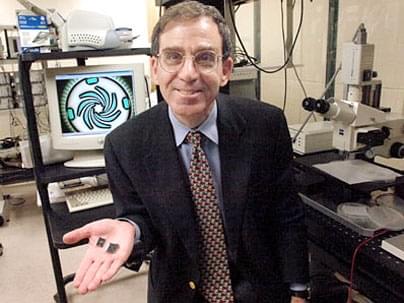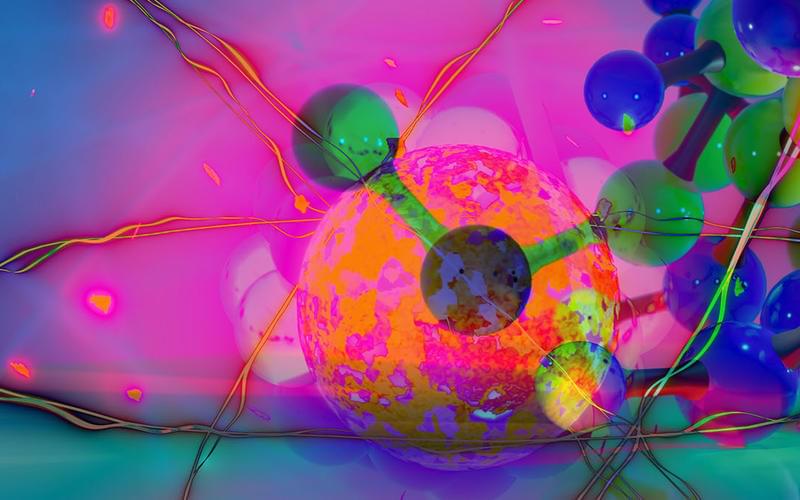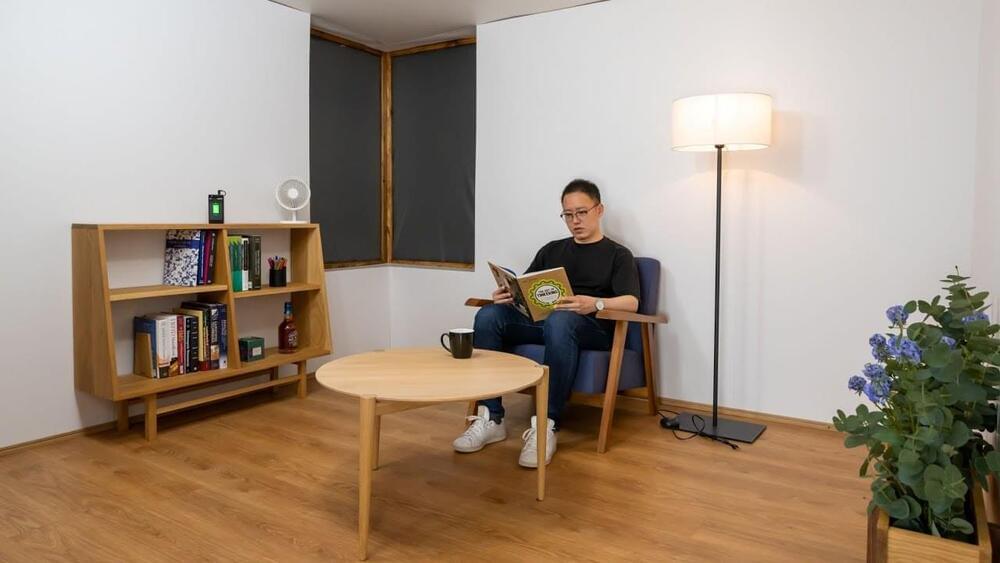I believe if superintelligence can be digitized into computer code then essentially a microchip could send electrical impulses to one’s brain noninvasive like the microchip that heals from Ohio state and then superintelligence could be attained and the biological wetware could be easily acquire the biological singularity. Much like the moto that Apple has all things digital a new superintelligence attribute could uploaded and the human could evolve or gene edit from a smartphone also the impulse could be non invasive like low level electrical impulse sending data to the brain using existing hardware. We could be as advanced as any exterrestial civilization in a couple keystrokes using existing hardware.
Popular expectations for the future are helplessly colored by present trends. The assumption is always that whatever’s going on now can be safely extrapolated into the future along a linear (or, per Kurzweil, logarithmic) curve. So it was that during the space race, baby boomers took for granted that we’d have fully colonized the solar system by the year 2000.
